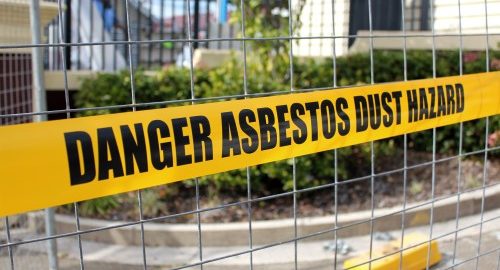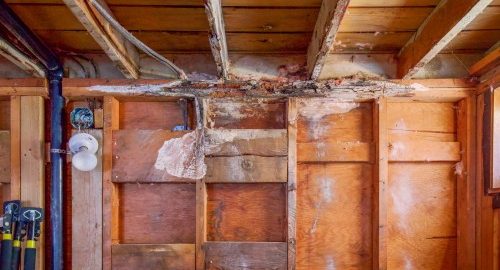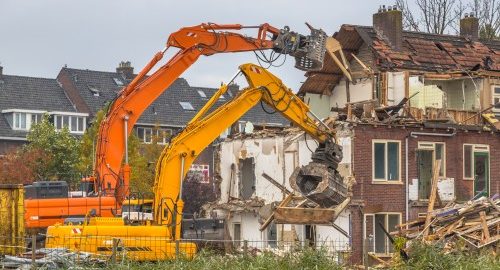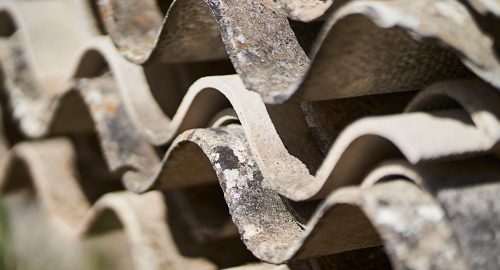Asbestos is a naturally occurring mineral that has been used in a variety of building materials and industrial products due to its ability to resist heat and fire. Unfortunately, when asbestos is disturbed, its tiny particles can become airborne and, when inhaled, can cause serious health issues such as lung cancer and mesothelioma. In Canada, asbestos is regulated by each province and territory, and the laws governing its use and disposal vary widely.
British Columbia
In British Columbia, the Asbestos Regulation sets out the requirements for the safe handling, transport, and disposal of asbestos-containing material. The regulation states that any material that contains more than 0.1% asbestos must be handled and disposed of according to the regulation. The regulation also requires employers to provide information, instruction, and training to employees who work with or around asbestos, as well as to ensure that proper safety equipment is used.
Alberta
The Alberta Occupational Health and Safety (OHS) Act regulates the use of asbestos in the province. Under the act, employers must ensure that any asbestos-containing materials are managed safely, and that workers are provided with the necessary safety training and equipment. The OHS Act also sets out requirements for the disposal of asbestos-containing materials, including that they must be double-bagged and labeled as hazardous waste.
Saskatchewan
In Saskatchewan, the Occupational Health and Safety Regulations also regulate the use of asbestos. The regulations require employers to assess potential hazards associated with working with asbestos and to develop safe work practices and procedures for employees who work with or around it. The regulations also set out requirements for the safe handling, transport, and disposal of asbestos-containing materials.
Manitoba
Manitoba’s Occupational Health and Safety Regulations also regulate the use of asbestos. The regulations require employers to assess potential hazards associated with working with asbestos and to develop safe work practices and procedures. The regulations also set out requirements for the safe handling, transport, and disposal of asbestos-containing materials, such as double-bagging and labeling them as hazardous waste.
Ontario
In Ontario, the Asbestos Regulation under the Occupational Health and Safety Act sets out the requirements for the safe handling, transport, and disposal of asbestos-containing materials. The regulation states that any material that contains more than 0.1% asbestos must be handled and disposed of according to the regulation. The regulation also requires employers to provide information, instruction, and training to employees who work with or around asbestos, as well as to ensure that proper safety equipment is used.
Quebec
In Quebec, the Regulation respecting asbestos sets out the requirements for the safe handling, transport, and disposal of asbestos-containing materials. The regulation states that any material that contains more than 0.1% asbestos must be handled and disposed of according to the regulation. The regulation also requires employers to provide information, instruction, and training to employees who work with or around asbestos, as well as to ensure that proper safety equipment is used.
New Brunswick
In New Brunswick, the Asbestos Regulation under the Occupational Health and Safety Act sets out the requirements for the safe handling, transport, and disposal of asbestos-containing materials. The regulation states that any material that contains more than 0.1% asbestos must be handled and disposed of according to the regulation. The regulation also requires employers to provide information, instruction, and training to employees who work with or around asbestos, as well as to ensure that proper safety equipment is used.
Nova Scotia
In Nova Scotia, the Asbestos Hazardous Materials Regulations set out the requirements for the safe handling, transport, and disposal of asbestos-containing materials. The regulations state that any material that contains more than 0.1% asbestos must be handled and disposed of according to the regulations.










